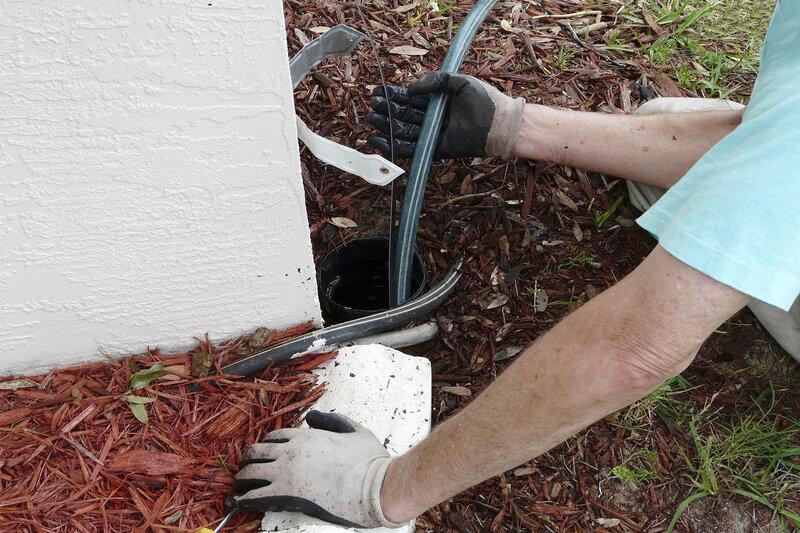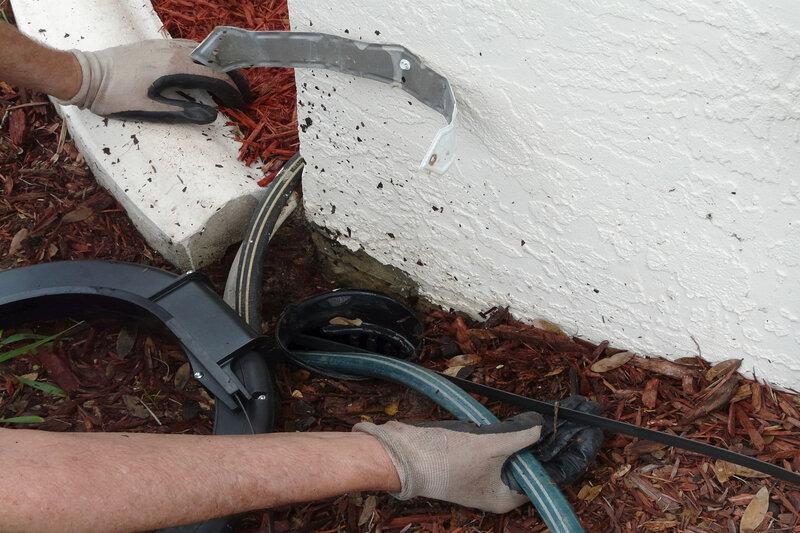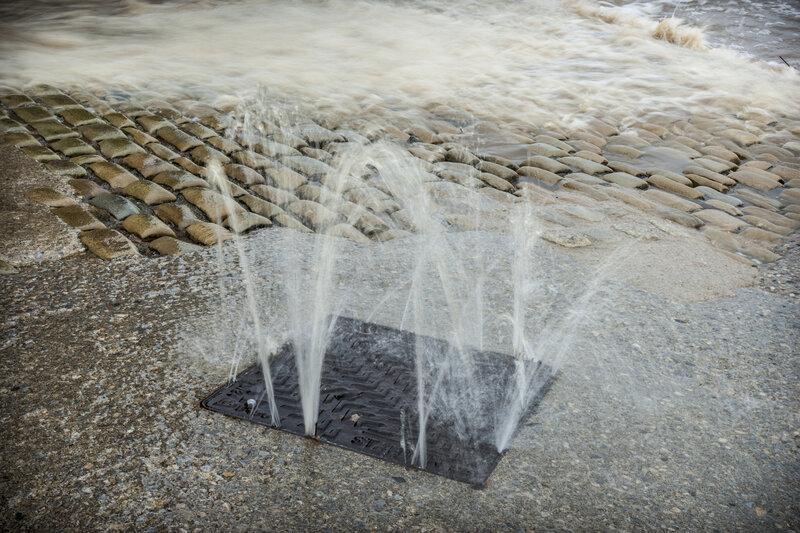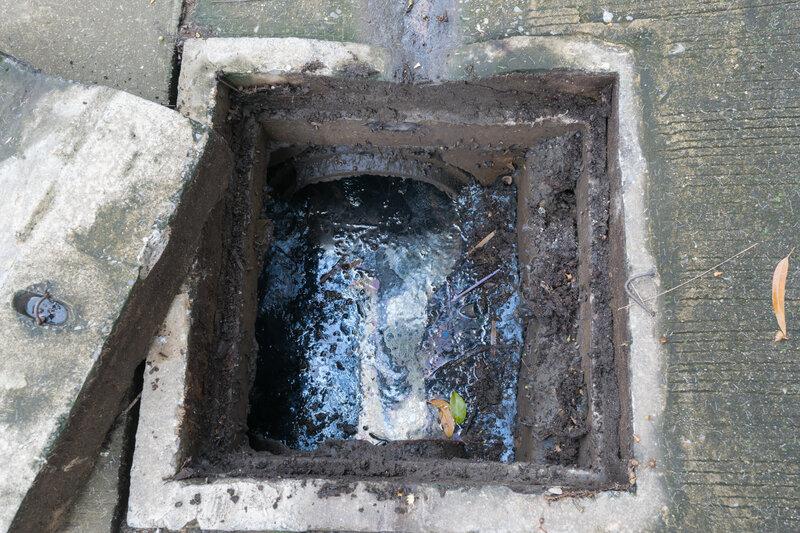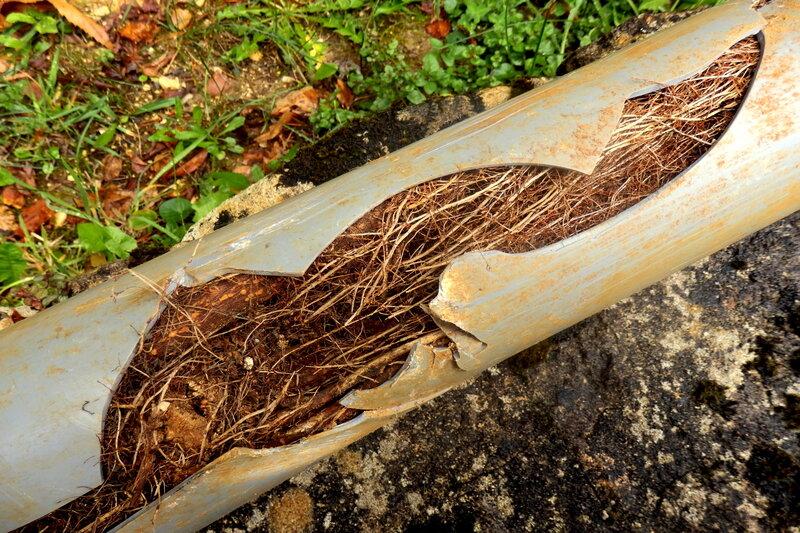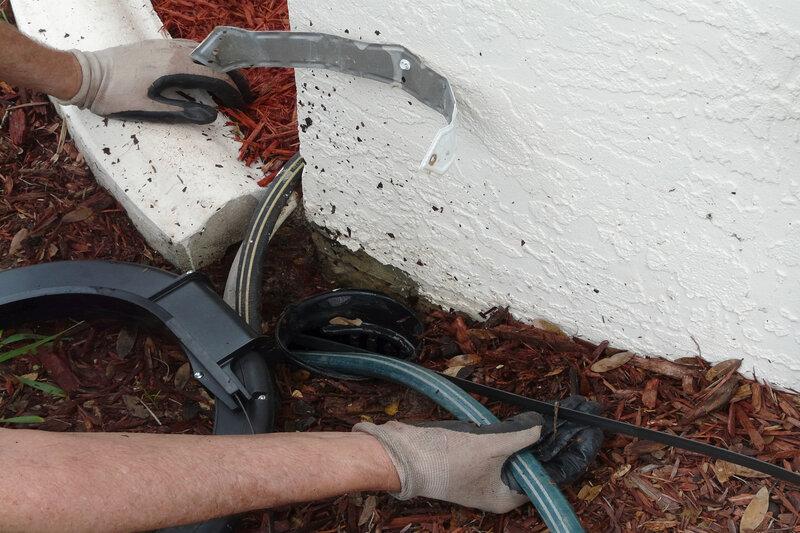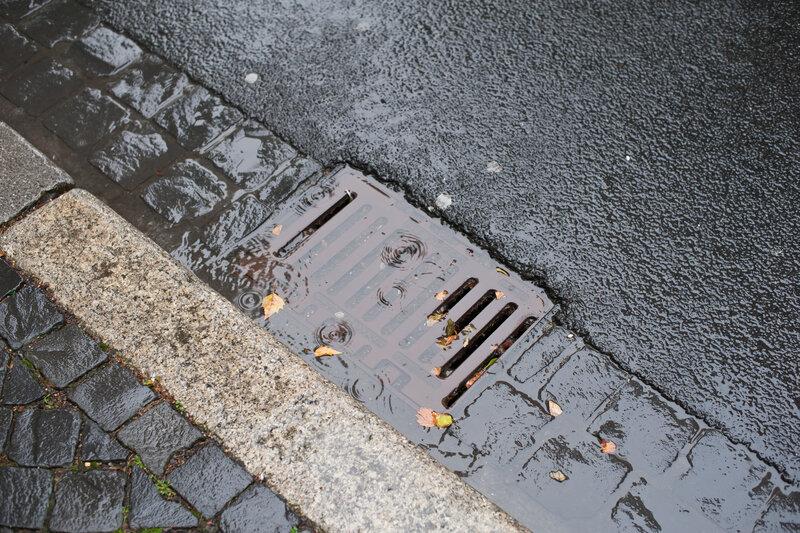-
0800 246 5703
Get in touch with us
Clearing Blocked Drains Uk Anytime for Your Top Quality, Great Value Blocked Drain Clearance on 0800 246 5703
Give your home a new look that is attractive and appealing.
Blocked Drains Services From Clearing Blocked Drains Uk
URGENTLY REQUIRE DRAINAGE SERVICES?? CALL US NOW ON 0800 246 5703
Who Are Clearing Blocked Drains Barnard Castle
Blocked Drains Company In Barnard Castle
Barnard Castle is a town located in the North East of England, just outside Durham. It has a population of around 10,000 people and sits at an elevation of about 350 feet above sea level. After being sacked by Saxons in 410 AD, it reverted to its former name before becoming known as Barnard Castel during the Middle Ages due to its location on high ground overlooking both sides of the River Tees. During Queen Elizabeth I's reign (0800 246 5703), part of her palace complex was built here which can still be seen today - including parts such as Hatfield House and Broughton Hall which are now open to visitors. The Industrial Revolution began in Britain during this time period with textile mills starting up all over Yorkshire - one such mill was founded by John Lomax who moved his business from nearby Stockton-on-Tees into what would eventually become Barnard Castle thanks to its good water supply courtesy of two local rivers -the Tyne and Wear . By 1851 there were already 20 cotton mills operating within a 12 mile radius from where we stand today; many more followed throughout subsequent decades leading to significant job growth for residents living in or near BarnadCastle . Today , although much has changed since those early days when factories dominated life inside and outside these walls , manufacturing remains an important sector within our community ; while other businesses have also sprung up along side traditional blue collar occupations such as farming & fishing . Alongside retail outlets you'll find restaurants & pubs serving everything from fish & chips through pizza hut etc., medical services ranging from chiropractors through dentists etc., professional services like law firms / accountants etc., educational institutions including primary schools right through university levels plus various industrial training centres that offer courses covering subjects like carpentry woodwork plumbing metalworking automotive mechanics engineering technology nursing health care administration veterinary scienceetcetera... Needless To Say There Are Plenty Of Options When It Comes To Entertainment Too! One thing that hasn't changed however is our love affair with waterways ! Whether enjoying peaceful walks along either riverbank or taking advantageof some excellent watersports opportunities available locally whether sailing kayaking canoeing jet skiing windsurfing surfing swimming diving horseback riding cycling mountain biking
Contact Our Local Branch in Barnard Castle
Contact Us Now at 0800 246 5703
Blocked Drains Unblocking Service In Barnard Castle Durham
Barnard Castle is a small town located in Durham, North East England. Barnard Castle has a population of just over 4,000 people and it’s situated on the River Tees. The main industry in Barnard Castle is tourism but there are also some businesses that provide drainage and hydraulic engineering services. There have been reports of blocked drains in Barnard Castle for many years now and this problem seems to be getting worse with time. Many residents believe that the blockages are caused by human activities such as building work or plumbing repairs but no one knows for sure why these drains become blocked. In any case, if your drain becomes blocked then you need to call upon an experienced Clearing Blocked Drains Barnard Castle who can unblock it quickly and efficiently using all sorts of specialist tools and techniques .
Hire Blocked Drains Barnard Castle Durham
Barnard Castle has a population of around 10,000 people and it’s situated on the River Wear which flows through Durham County. Over time, Barnard Castle grew to become one of the most important towns in northern England due to its strategic location and its rich history. In total, HBDR employs around 30 fulltime staff members who are responsible for providing essential drainage solutions to customers throughout north east England .
Residential Blocked Drains Service In Barnard Castle Durham
Barnard Castle has an estimated population of just over 4,000 people and it’s situated on the River Tees which forms part of the border between County Durham and Yorkshire. The area around Barnard castle has been settled for centuries and there are archaeological remains dating back to Roman times. In medieval times, trade played an important role in Barnard Castle with merchants travelling along the river route transporting goods such as woolen cloth, wine etc.. At that time, much work still needed to be done before housing could be built so workers took up residence in tents near where present day Victoria Square stands! It wasn't until 1886 that building really got underway with completion taking place two years later - making this one example where traditional brickwork techniques were used instead of steel frame construction methods popular at that time . Today , you can still see some features associated with Queen Anne's Mansions such as ornate cast iron railings and balconies overlooking Market Place . Although relatively new by English standards , residential blocked drains service have been providing top quality drainage services since 1888 ! During these early days however , many aspects surrounding water management had yet to be fully understood so Drainage engineers tended not use modern technology like CCTV or GPS tracking during drain clean-ups due to safety concerns .. Thankfully things have changed dramatically over recent years thanks largely to advances made in hydraulic engineering technologies !! Nowadays we rely heavily upon closed circuit television systems coupled with global positioning system devices for real-time monitoring purposes during drain cleaning operations .. Not only does this provide uswith accurate information about any potential obstructions but also allows usto make quick decisions regarding necessary repairs/updates!!
Unblocking Blocked Drains In Barnard Castle Durham
Barnard Castle has an estimated population of just over 10,000 people and it’s situated on the River Wear which forms part of the border between County Durham and Tyne & Wear. It wasn’t until 1212 that Barnard Castle became officially recognised as a settlement and at this point it had already become one of the most important towns within both County Durham and Tyne & Wear due to its strategic location along major trade routes. One particular feature that makes Barnard Castle so special is its history with regards to blocked drains – specifically those within the town centre area. This isn’t surprising given how densely populated Barnard castle is today with businesses, homes and public buildings all crammed together close to each other. Over time there have been numerous instances where blockages have occurred inside drainage systems leading to flooding not only within individual properties but also throughout wider areas surrounding them including parts of neighbouring streets/villages etc.. )to try address these issues through various means such as clearing blocked drains using specialist equipment; installing new sewers; improving water management techniques etc.. However no matter what measures are taken they always seem to get caught up again sooner rather than later resulting in further damage being caused not just locally but also across wider geographical areas . So why do blockages occur? There are many possible reasons for this ranging from human activities like throwing rubbish down storm drains; improper disposal of waste products e-waste ; construction work involving digging trenches underground or building structures next door causing soil erosion which then leads into drain channels; hydrostatic pressure build-up during heavy rainfall events causing pipes/drainage system segments below ground level becoming clogged); environmental factors like tree roots growing through manmade drainage networks or pollutants seeping into waterways from nearby factories etc.
Unclogging Blocked Drains In Barnard Castle Durham
Barnard Castle is a town located in the North East of England, and it has been estimated that there are around 10,000 residents living within its boundaries. Barnard Castle is known for being one of the most historic towns in Durham; it was founded by King Ethelred II back in 975 AD, and at present day, it still retains much of its medieval charm. However, despite this rich history – which includes periods of significant prosperity and decline – Barnard Castle today faces many challenges due to factors such as population growth (which has seen an increase from just over 1,500 people during the 1960s to more than 10,000 people today), increasing levels of pollution caused by human activities (such as waste disposal), inadequate infrastructure (especially with regards to drainage systems) and environmental degradation. One particular challenge facing Barnard Castle relates to blocked drains: these are drains that become clogged up due to various reasons (including debris build-up or excess water flow), meaning that they cannot properly discharge wastewater into waterways or storm sewers. As a result, blockages can lead not onlyto increasedlevelsofpollutioninthesanitary sewer system but alsotohealthandsafetyissuesforresidentsofthetownwho may need access tousethepublicbathroomsorkitchens nearby. In ordertoremedytheseblockagesandhelpimprovethequalityoflifeinBarnardsCastleitwillbe necessary toprovideadequateinfrastructure(includingdraincleanersandalternativewatermanagementtechnologies)aswellastoproperlymanagewastedisposalpracticeswithinthecommunitysothatcloggingdoesnotoccurinfutureyears.
Area Clearing Blocked Drains Barnard Castle Covers
Blocked Drains Durham
- Blocked Drains Middleton St George
- Blocked Drains Consett
- Blocked Drains Willington
- Blocked Drains Stanhope
- Blocked Drains Wolsingham
- Blocked Drains Billingham
- Blocked Drains Darlington
- Blocked Drains Stockton-On-Tees
- Blocked Drains Annfield Plain
- Blocked Drains Barnard Castle
- Blocked Drains Newton Aycliffe
- Blocked Drains Shildon
- Blocked Drains Hartlepool
- Blocked Drains Peterlee
- Blocked Drains Seaham
- Blocked Drains Sedgefield
- Blocked Drains Tow Law


